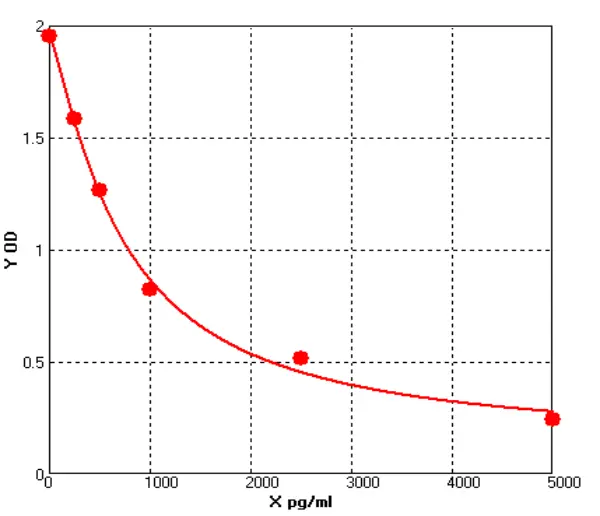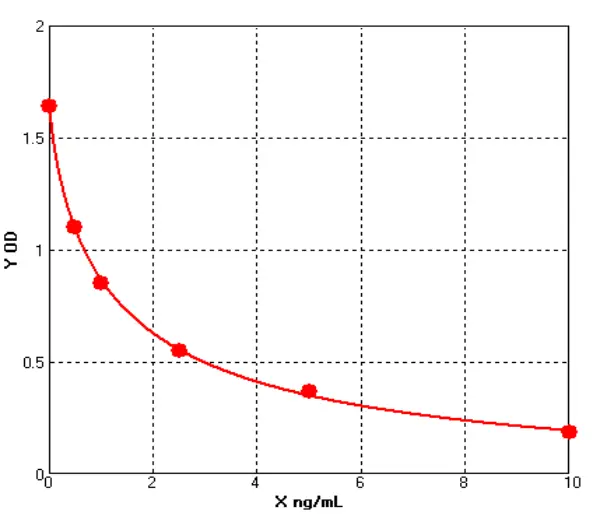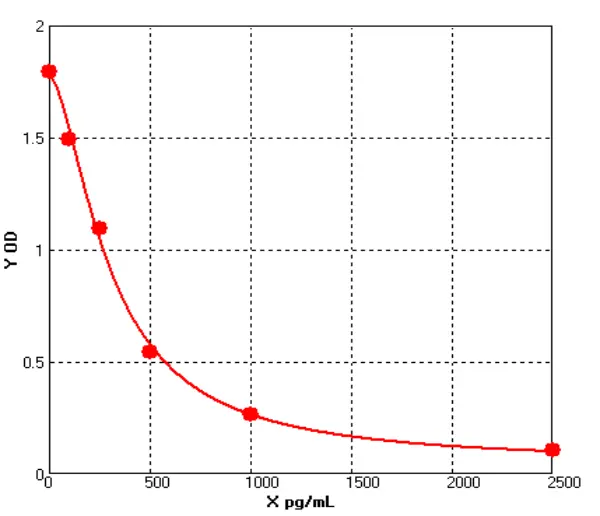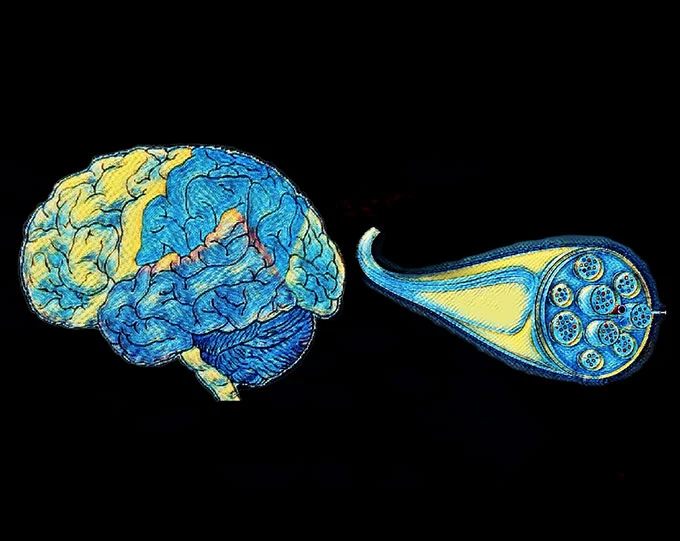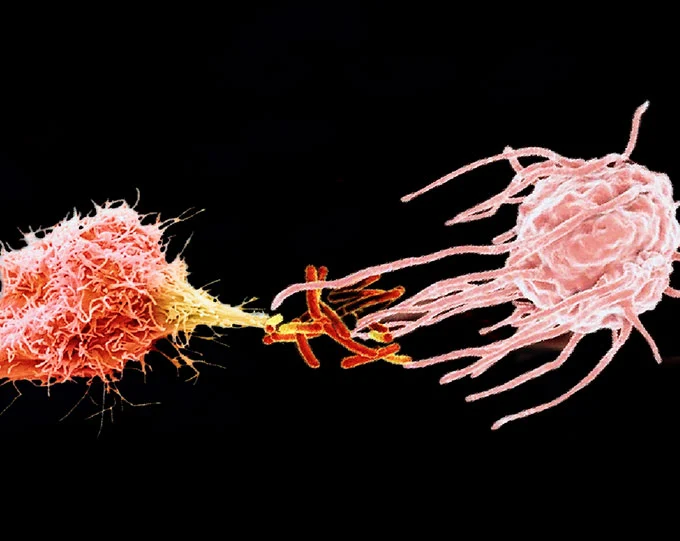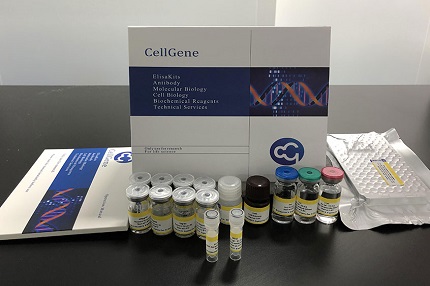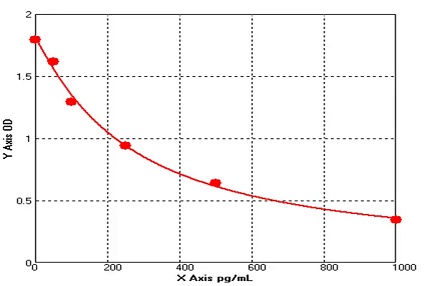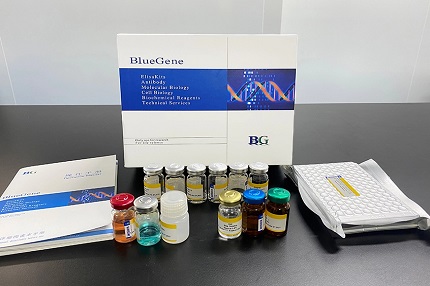- Host Cell Protein Detection Kits
- Host Cell DNA Residue Detection Kits
- Antibodies
- Recombinant Proteins
- ELISA Kits
- Cellular Component Protein Library
- Plasmids
- Promotions
-
Collagen 1 ELISA: Principle, Advantages, and Clinical Applications
The principle of the Collagen 1 ELISA is to use the enzyme-linked immunosorbent assay (ELISA) technology to quantitatively detect the ColⅠcontent in samples through a double-antibody sandwich method....
Apr.18, 2025Read More > -
Monitoring Chronic Diseases Using BFGF ELISA Kit
Chronic diseases pose a significant challenge to global health, often accompanied by long-term inflammation, tissue damage, and repair processes. In the study of these diseases, basic fibroblast growt...
Apr.16, 2025Read More > -
The Need for Methamphetamine Residue Detection
Methamphetamine, as a commonly abused drug, has seen increasing concern over its residue in food and pharmaceuticals. With the growing threat of drug abuse to public safety and health, regulatory agen...
Apr.14, 2025Read More >
BlueGene Biotech's Research For Cardiovascular
1. Circulatory System In The Human Body
They form a circulatory system in the human body, that is, the cardiovascular system. The heart controls the circulation of blood in the blood vessels through contraction and then aims to provide oxygen, various nutrients and hormones to maintain life activities. In this process, it will also be able to eliminate the waste generated by metabolism through the excretory organs.
2. Cardiovascular System's Components
The cardiovascular system is composed of the heart and blood vessels, and blood vessels include arteries, veins and capillaries. The heart is the power organ that drives blood flow. The heart is divided into four cavities, that is, the left and right atrium, the left and right ventricle. Arteries are the blood vessels that carry blood out of the heart. Veins are blood vessels that carry blood back to the heart. Capillaries are blood vessels connecting arteries and veins with very thin pipe diameters and very thin pipe walls. The cycle of blood is a process that goes round and round, it is starting from the ventricle and returns to the atrium through arteries, capillaries and veins, and then this is called blood circulation. It is also divided into the systemic circulation and pulmonary circulation.

